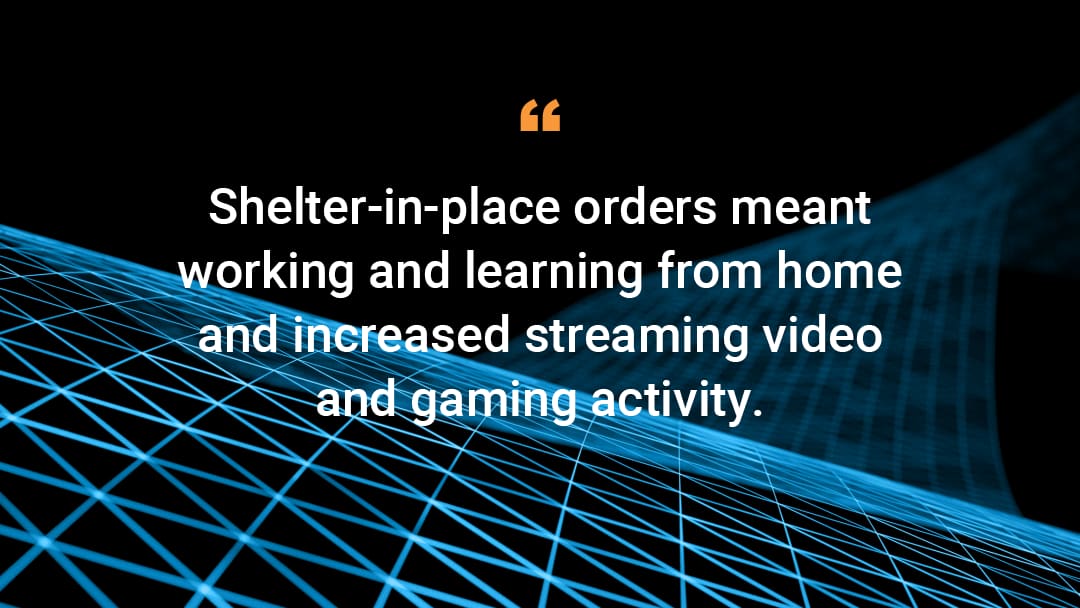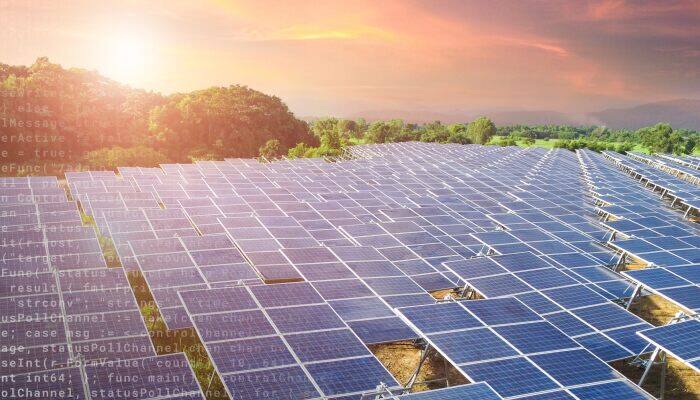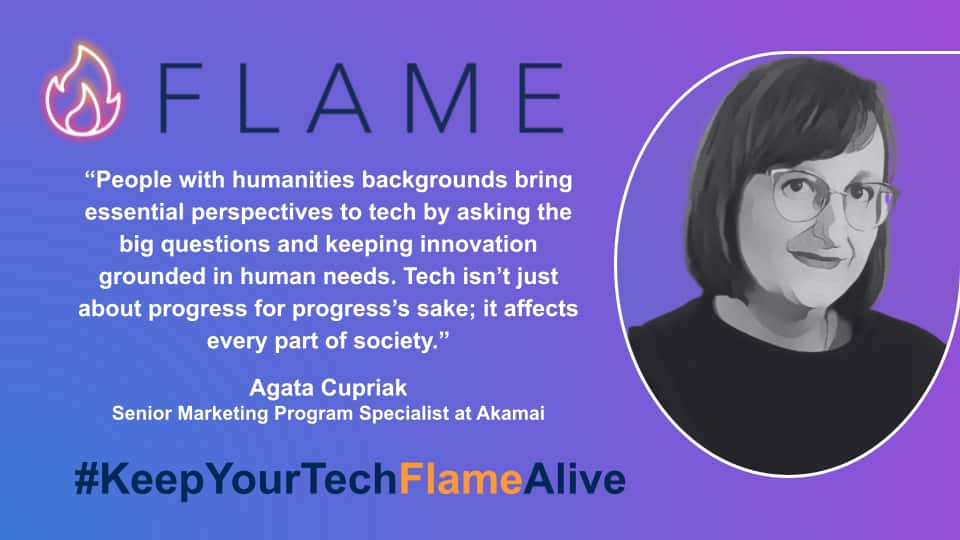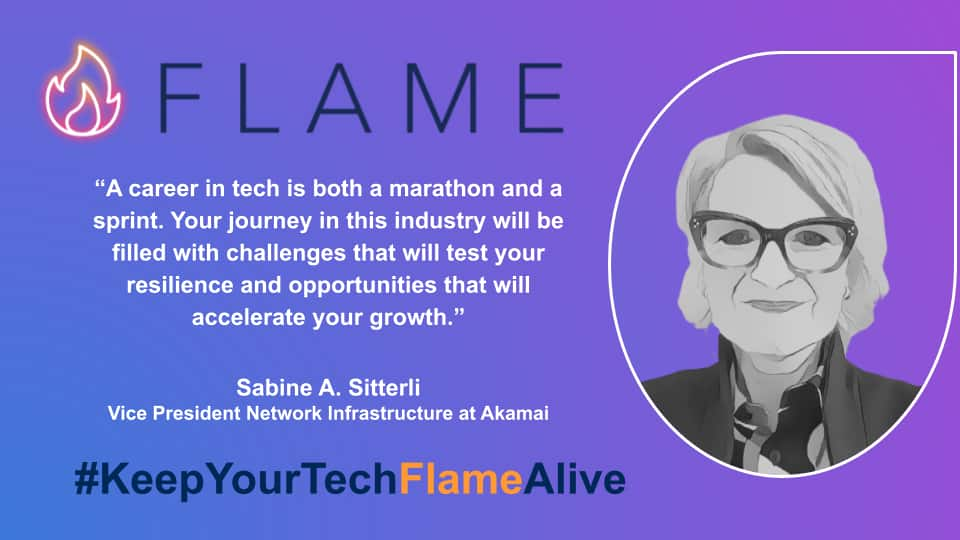Sustainability at Akamai: An Efficient Platform Powered by Energy Aggregation

If I had a dollar for every time I heard “unprecedented” in 2020, I could fund a clean energy project myself. And while we're tired of hearing this term, it's true amid the pandemic, U.S. presidential election, social justice movements, finalization of Brexit, and many other new and life-changing events that took place this past year.
Dare I say it? 2020 was also an unprecedented year for sustainability at Akamai. In a short period of time, our lives moved online. Shelter-in-place orders meant working and learning from home with increases in video streaming and gaming activity. "We've seen a year's worth of traffic growth pretty much overnight," our CEO, Tom Leighton, declared. But meeting new demands for delivery and security has environmental implications. How did this massive traffic increase affect Akamai's sustainability goals -- goals that we've been tracking toward for the past five years?
This year's sustainability report is released with a sigh of relief. Despite the headwinds, we successfully met our 2020 sustainability goals. In this blog, I will discuss how we did it and what we learned along the way.

How we did it
Sustainable progress is a nexus of collaboration, innovation, and patience. A great example of this is in Akamai's renewable energy aggregations. Back in August 2018, Akamai spearheaded a project where we invested in renewably-powered facilities to create clean energy for our operations. The approach we took was rather groundbreaking -- aggregations of companies bidding as a group on renewable energy projects.
While many companies seek to decrease their greenhouse gas emissions through investing in new renewable energy projects to power their businesses, this approach is challenging for smaller companies, especially those with widely geographically distributed power loads like Akamai. It just doesn't make financial sense for them to do this on their own.
However, if smaller energy users join together to create buying power, this helps attract project developers. With aggregation, purchaser-caused net-new renewable power is not only for the big guys anymore. The grouped companies form a single point of procurement, which then reduces transaction costs and creates economies of scale.
More than two years later, aggregations are happening everywhere. And our deal is referenced as an example of success. Akamai was a trailblazer in this world, encouraging buyers of all sizes to come together. The last of the plants, the Highlander solar energy station in Virginia, went online in December. With that, all projects from the initial deal are now generating renewably-sourced energy.
When we aren't sourcing renewable energy to power operations, we are optimizing our network to use only the resources we need. We rely on our engineering teams to continuously improve the efficiency of our network -- to "use what we have well," as Chuck Bernard, Senior Director of Engineering at Akamai, puts it. "And while these strides have greatly lessened our emissions footprint, there are still more efficiencies that we want to drive." (My colleague Vinay Kanitkar will write more on this tomorrow.)
Lessons learned
The successful realization of our goals comes with anecdotal lessons that I have personally experienced firsthand. Here’s what we learned:
Collaborate with others for the best outcome. Sustainable progress isn't accomplished in a silo. We learned this over and over again with our renewable power aggregations, data center partners, memberships in groups like the Renewable Energy Buyers Alliance (REBA), and customers.
Innovate to eliminate unnecessary waste. Half of the sustainability battle can be fought by eliminating superfluous waste and only using what's needed. The majority of our sustainability progress is made in running our network efficiently with more resilient hardware, simpler software, and renewable energy procurement.
Communicate early and often to leadership. Getting buy-in is difficult, even with the most open-minded leadership. But communicating openly fosters dialogue that will only help reiterate the importance of this message. You know what they say about the squeaky wheel!
If you'd like to discuss these lessons, or have some of your own to share, we'd love to hear from you at sustainability@akamai.com.
The completion of our 2020 goals is only a step in the right direction -- we know we still have a long way to go. We look forward to learning, growing, and exploring more opportunities to lessen our impacts on the environment and help others to achieve a zero-carbon internet.
For more details, check out our sustainability report.






